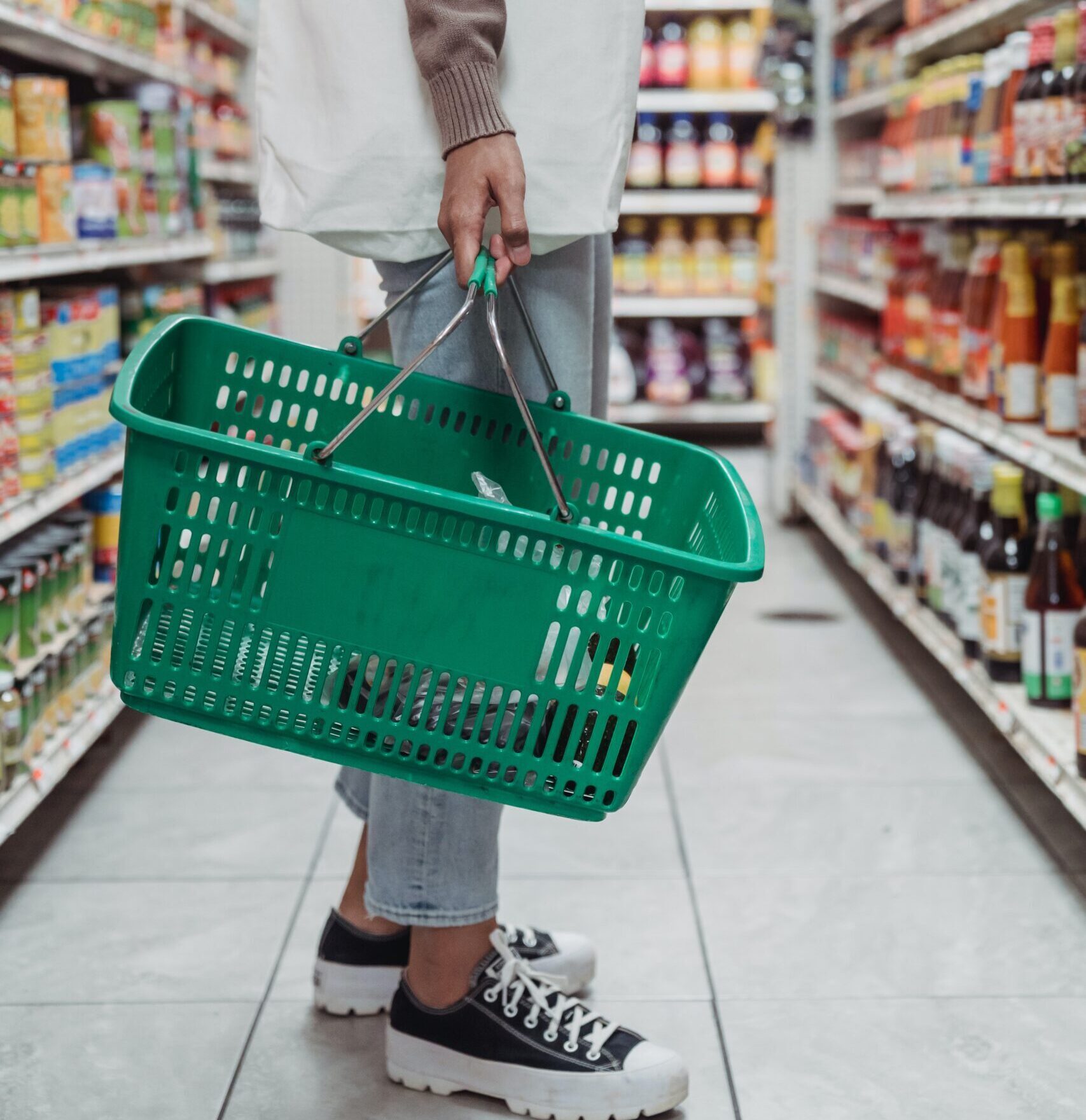The food and drink sector is under immense pressure, with rising production costs, inflation and the cost-of-living crisis becoming increasingly more prevalent.
Since our client roster includes those in the food and drink sector, we thought it only right that we tuned into a webinar delivered by the Chartered Institute of Marketing to hear how the markets have been affected by such challenges and how businesses can combat these.
From building community partnerships and amending strategies to balancing the need to make a profit against maintaining market share, there is a lot the sector can be doing to navigate through such uncertainty.
So, grab a cup of tea and/or a slice of cake, and tuck into our key highlights from the session. We also end this blog with a couple of handy hints and tips on how to avoid customers trading down.
Post-pandemic shopper behaviour
Whilst many of us were sheltering and limiting our time out of the home as much as possible, it’s no surprise that 2020 saw a decrease in the number of trips to supermarkets. Although consumers were visiting supermarkets less frequently, they were buying more as the number of units per trip increased.
In 2023, it seems that consumer behaviour patterns have not changed a great deal since 2020, with consumers choosing to do larger grocery shops (20+ items per trolley).
Growing financial pressure
From an economic perspective, we are in a situation we’ve not seen for at least 30 years, with inflation having a material impact on shopper mindsets.
The percentage of shoppers ‘struggling’ has risen from 14% in May 2020 to 27% in October 2022. Inflation is the dominating, underlying messaging when it comes to this, however, there are other factors that go into it. One example of this is the increase in the number of discount stores opening up on high streets and in retail parks nationwide, meaning shoppers are looking for way to reduce the cost of their shopping basket.
As shoppers, we are known to typically absorb 75% of inflation. In other words, we will continue to buy products despite the price increase, rather than avoid the purchase altogether. And when looking to cut costs, we tend to look for savings that cause us the least disruption to our routines – we are creatures of habit after all! For example, looking for more promotions (good old Tesco Clubcard price!), purchasing cheaper products, shopping at a discount retailer or just generally buying less.
Interestingly, it was mentioned in the webinar how there is limited correlation between inflation and consumers trading up or down. By this, we mean swapping your usual product for a cheaper alternative, which is usually a supermarket own label product. Kantar explained that, as shoppers, we are more focussed on our overall basket cost than we are the cost of individual products. Would you agree?
Kantar concluded by discussing what is driving shopper choices and how brands can avoid consumers opting to trade down to own-brand products.
Three strategies to avoid trading down
- Mind the gap
The idea of ‘mind the gap’ is to encourage brands to be aware of what their non-branded competitors are doing. That’s everything from what their packaging looks like to how much they’re charging.
Price changes in a product like kitchen roll for example, could push shoppers towards own-label. It’s important for brands to ‘mind the gap’ and ensure they stay desirable and distinctive when on the shelf next to their own-label rivals. This could be as simple as ensuring your packaging remains eye catching with bright colours and large font – anything to stand out amongst your competitors.
It appears that the big brands are taking the biggest hit when it comes to own-label brands mimicking their product – whether that be brand colours, format or messaging. Whilst those brands who sit in the middle are much less effected as the small brands don’t seem to be copying…not just yet anyway.

- Change the optics
As a large brand, changing the cost of your product mightn’t be so simple. What you could do, is change the optics. Otherwise known as changing perceptions. Let’s talk about kitchen roll again, the own-brand may be offering a pack of 2 for £1.00 (bargain, right?) but you could be offering a 6 pack for £2.50.
Although your product has a higher price tag, you are saving the consumer money per individual roll. This is a simple and effective way to ‘change the optics’ and remain desirable over own-brand products.
- Reframe your value
Yes, you might have to charge more than own-brand products, but consumers should know WHY.
Is your product more ethically sourced? Does a % of your profits go to charity? Does your product provide an element of luxury that own-brand could never compete with?
Think about how you can reframe the value of your product and tell consumers why they should opt for your product over own-brand.
In summary, it’s a tough world out there right now, for both companies and consumers, but there are always ways we can tackle such challenges. If you’re a business in the food and drink sector, now could be the best time to revisit your marketing strategy.
The power of PR and marketing is not to be messed with. At Refresh, we can help build you a strategy that sets you aside from your competitors. A clever, integrated campaign could see your business grow to new heights.
We work with big brands in the sector such as BBF Limited and Aqua Pura and we’ve seen them continue to thrive despite the current market challenges.
Interested in hearing more? Get in touch via info@refresh.co.uk or check out our case studies here.